Posts
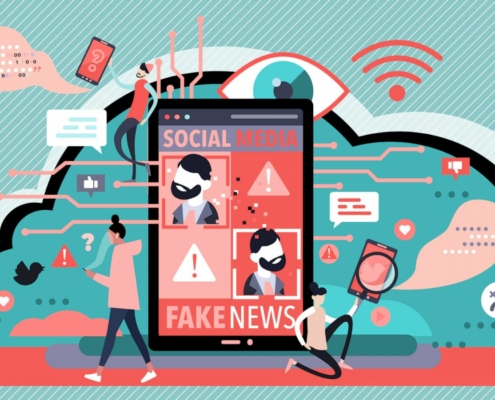
UCLA Big Data and Politics Seminar Series: The Prevalence and Sharing Patterns of ‘Fake News’ in the US in 2016 and 2020 on Friday, May 14
UCLA Big Data and Politics Seminar Series
The Prevalence and…
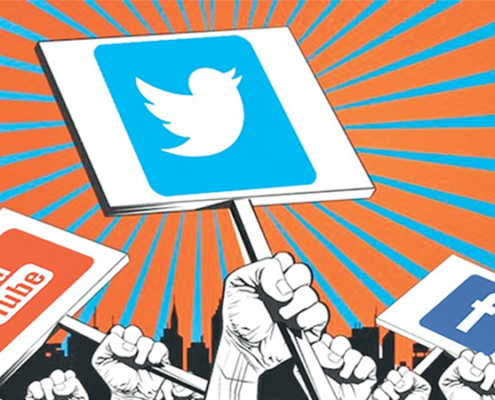
UCLA Big Data and Politics Seminar Series: Legislative Communication and Power on Friday, April 30
UCLA Big Data and Politics Seminar Series
Legislative Communication…

UCLA Big Data and Politics Seminar Series Presents “Political Coalitions and Social Media: Evidence from Pakistan” on 3/19
UCLA Big Data and Politics Seminar Series
Political Coalitions…

LA Social Science Women’s History Month Take-Over Featuring Dr. Noble and Dr. Roberts
This Women's History Month Take-Over features Dr. Safiya Noble,…
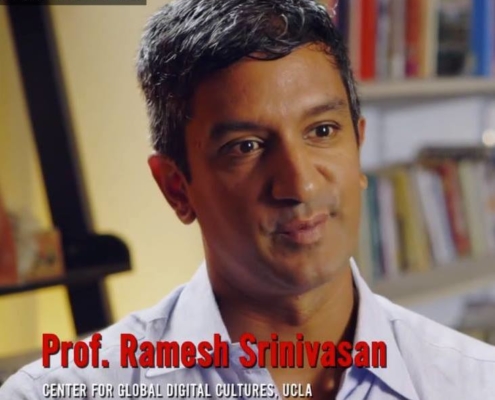
UCLA Professor Srinivasan Talks About Social Media, Trump, and Big Tech
Dr. Ramesh Srinivasan, UCLA Professor of Graduate Studies of…
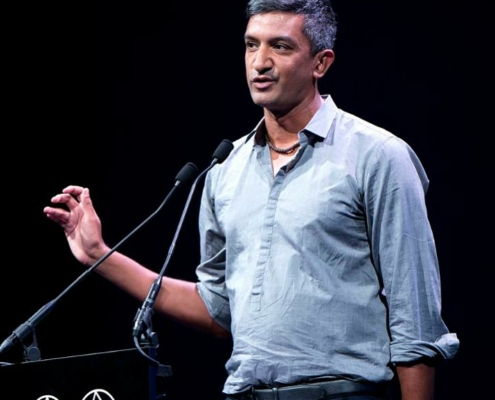
UCLA Professor Srinivasan Advocates for Digital Bill of Rights in CNN Op-Ed
Dr. Ramesh Srinivasan, UCLA Professor of Graduate Studies…
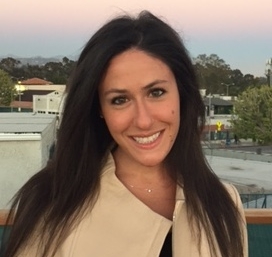
Reading Between the Battle Lines: Decoding Values in Tweets About Gun Control
By Lara Drasin UCLA Master of Social Science 2018 Every…

Coming Out and “Outing Pigs”
By Abigail C. Saguy Professor of Sociology, UCLA In…

